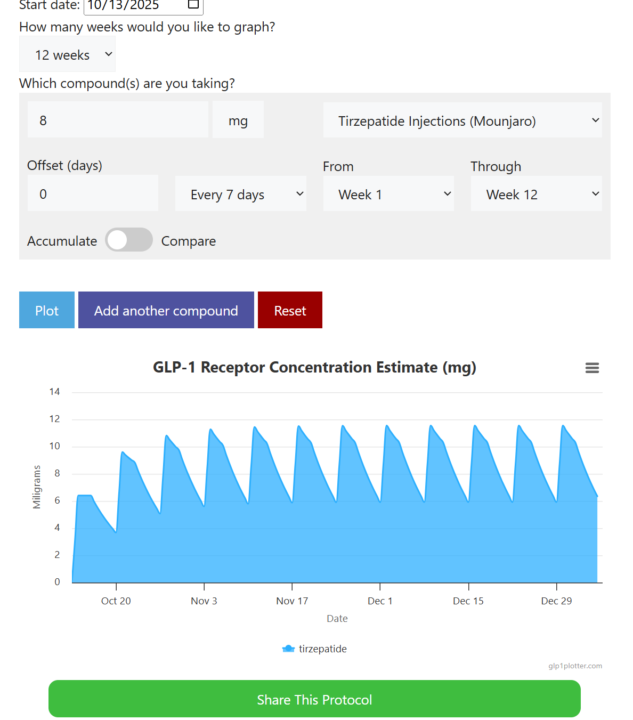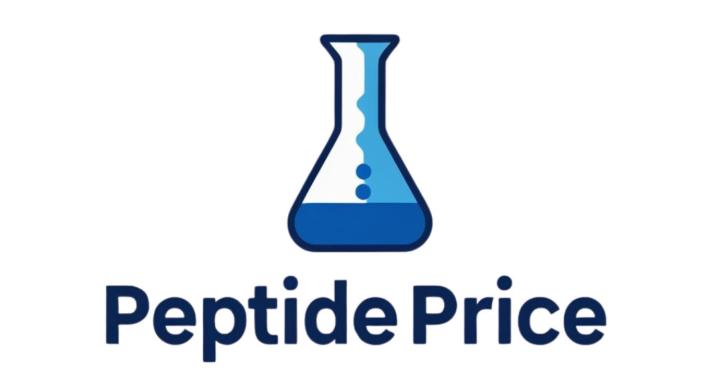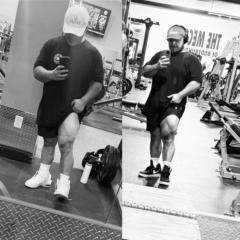
Write something
Pinned
Peptide Price Link + Research Supplies
https://peptideprice.store I've had some people ask me what insulin syringes I use and so on. Here is all the stuff I use and order straight through Amazon. Peptide Supplies: https://www.amazon.com/shop/derber/list/1MW324GL6JQPN?ref_=hype_hm_sf_e TikTok and other Socials: https://linktr.ee/Derber
Pinned
Peptides Saved My Life + Peptide Price Inspiration
Hey Everyone, not all of you guys know who I am or why I started the site https://peptideprice.store. I would appreciate it if you gave this full video a watch and leave your experiences on this post. Peptides actually changed my life GLP-1s in specific and I wanted to do the same for other people without spending all their income. I don't run peptide price for a business, I actually have a passion for this because I know how many people it can help. You guys have been an amazing community and I am blessed to have you guys in my life. Thank you for joining! How I got inspired to build the app: I was running accutane because I’ve struggled with terrible breakouts and cystic acne for years started in November. Honestly didn’t even have the confidence to look myself in the mirror. I had the worst symptoms ever dry eyes, sinus infections because my body couldn’t handle it and I was miserable. I was like I’m gonna make the best out of this time if I can’t really do much outside of work and the gym when I wasn’t sore as hell. Tirz changed my life around the same time because I was dealing with so much food noise. I previously lost over 75 lbs without a GLP-1. Then trying to maintain that body weight made my life hell just couldn’t stop thinking about food. I got myself into a bad binge eating disorder. Tirz probably saved my life, and I said I’m gonna get people the best prices so they can continue living a normal life and not have to spend their entire salary on peptides. I got charged over 600$ by transcend during my first go round which led me into this research rabbit hole. 4 months later, here we are. Before and After is also pictured.

Pinned
🔥 BREAKING: AMP PEPTIDES SKOOL EXCLUSIVE ONLY SALE! 🔥
This is historic! AMP Peptides is launching their FIRST EVER SALE since hitting the website, and it's exclusively for this Skool community. You won't find this deal anywhere else - not even on the peptide price comparison site. I've been wanting to do exclusives like this for awhile now! 💥 SKOOL EXCLUSIVE STACKABLE DEAL: - 15% OFF SITEWIDE with Code: DEREK15 - PLUS 10% OFF with Code: SKOOL - = 23.5% TOTAL SAVINGS when both codes are stacked - YOU MUST APPLY BOTH CODES at checkout! 🎯 WHY THIS IS SPECIAL: - AMP Peptides has NEVER run a sale before with a stackable discount - This pricing is EXCLUSIVE to Skool members only - It will NOT appear on peptideprice.store comparisons - This is your reward for being part of the community ⏰ SALE WINDOW: - Runs through: October 20th - Limited-time exclusive pricing 🔗 SHOP THE EXCLUSIVE: 👉 https://ameanopeptides.com/?ref=Derek15 ⚠️ CRITICAL REMINDER: You MUST use BOTH codes (DEREK15 + SKOOL) at checkout to get the full 23.5% savings. Don't leave money on the table! HOW TO APPLY THE CODES: https://www.skool.com/peptideprice/how-to-apply-the-amp-stackable-sale-exclusive-for-skool-members 🔥 THE BOTTOM LINE: Take advantage because this is the first stackable deal in over 5 months. Welcome to the exclusive club. Codes DEREK + SKOOL required. Exclusive through 10/20. For research use only.

Split Dosing Peptides: Understanding Half-Lives for Better Results 🎢
Here's something that surprises a lot of people: splitting your peptide doses based on half-life can dramatically improve your results with the SAME total amount. I've been seeing these questions come up lately so, I thought I would make an entire post to cover it. It's All About Half-Lives Every peptide has a half-life - the time it takes for half the medication to clear your system. This determines how stable your blood levels stay: - Short half-life peptides (hours): Think BPC-157, TB-500, many growth hormone peptides - Medium half-life peptides (1-3 days): Some modified versions - Long half-life peptides (4-7 days): GLP-1s like Semaglutide, Tirzepatide The Problem with Ignoring Half-Lives Dose a short half-life peptide once daily? You're getting massive peaks and deep valleys. Your levels might drop to near-zero before your next dose. Dose a long half-life peptide once weekly? You get a huge spike, then a slow decline over 7 days - still a roller coaster, just stretched out. The Split Dosing Advantage Match your dosing frequency to the half-life, and suddenly those peaks and valleys flatten out. Your peptide levels stay in the therapeutic sweet spot consistently. The result? People commonly report: - Better overall effects from the same total dose - Fewer side effects (less intensity at peak levels) - More consistent results throughout the week - Less "wearing off" between doses Real Examples: GLP-1s (long half-life): Split weekly into 2-3x per week = more stable appetite control, less nausea Short half-life peptides: Dose 2-3x daily instead of once = sustained therapeutic levels vs. brief spikes "But why don't doctors prescribe it this way?" Simple: adherence and convenience. - Patients coming to clinics need easy scheduling - Simpler protocols = better compliance - Less frequent = less intimidating for needle-shy patients - Pharmaceutical companies dose for the average patient But if you're self-administering and want to optimize? You can dial in YOUR protocol based on pharmacokinetics.

USA Bases Companies
Is Simple Peptides the only company that compounds and tests in the USA? Are there other companies on the list that are USA-based?
1-30 of 2,454

skool.com/peptideprice
Premier peptide education hub. FREE courses on research peptides & GLP-1s. US supplier intel, safety protocols & expert community support. 🧬🚀
Powered by






